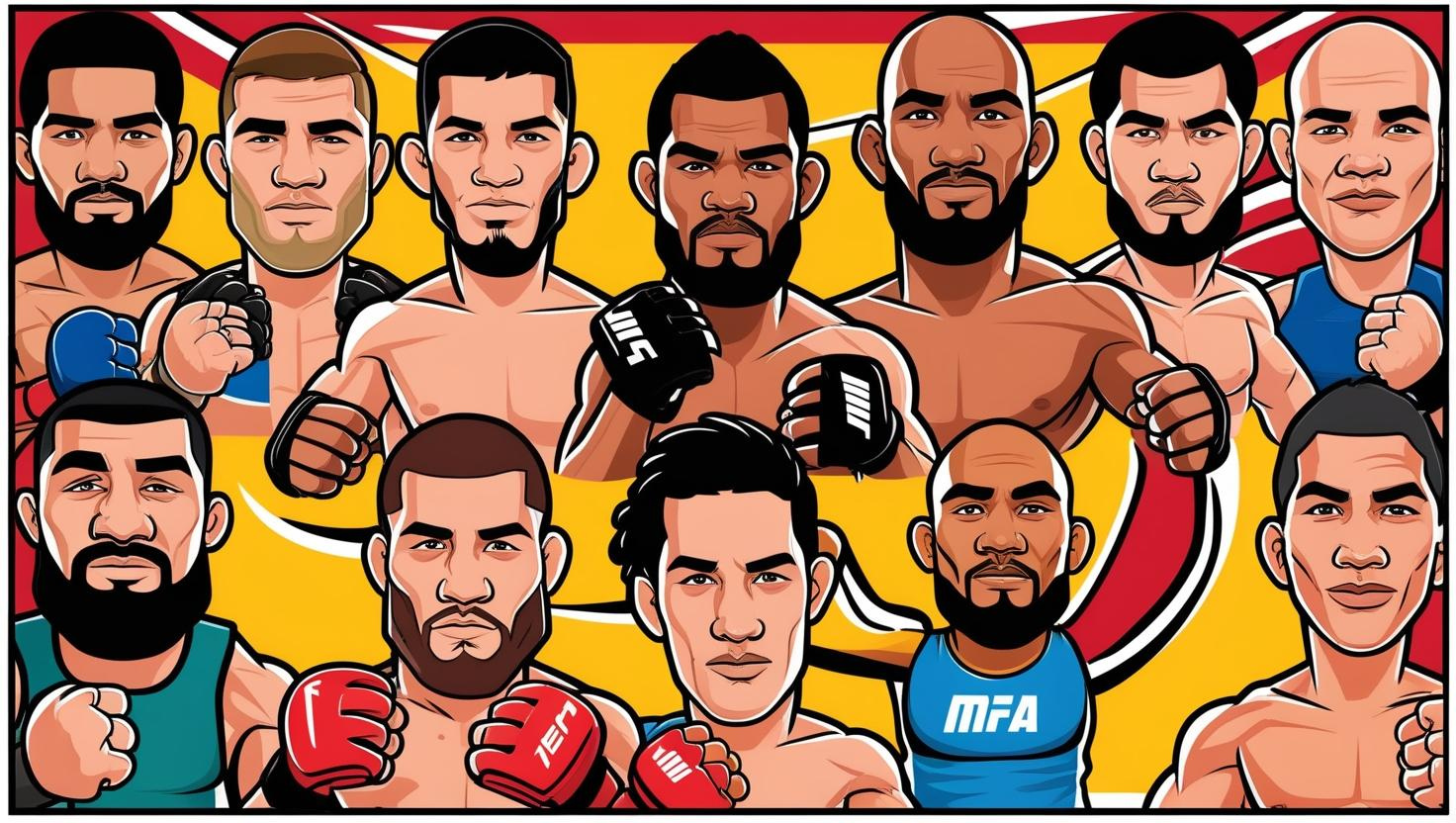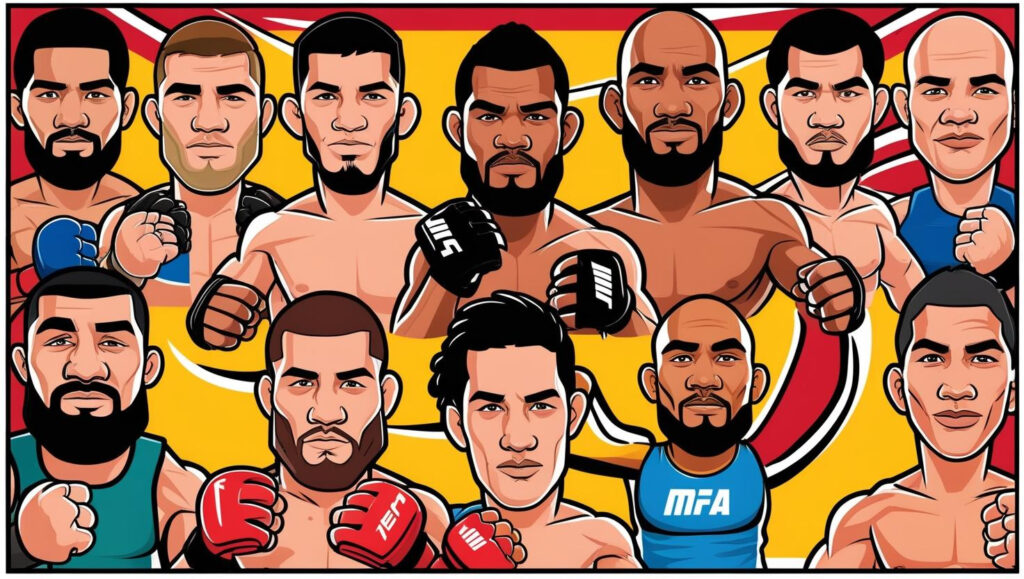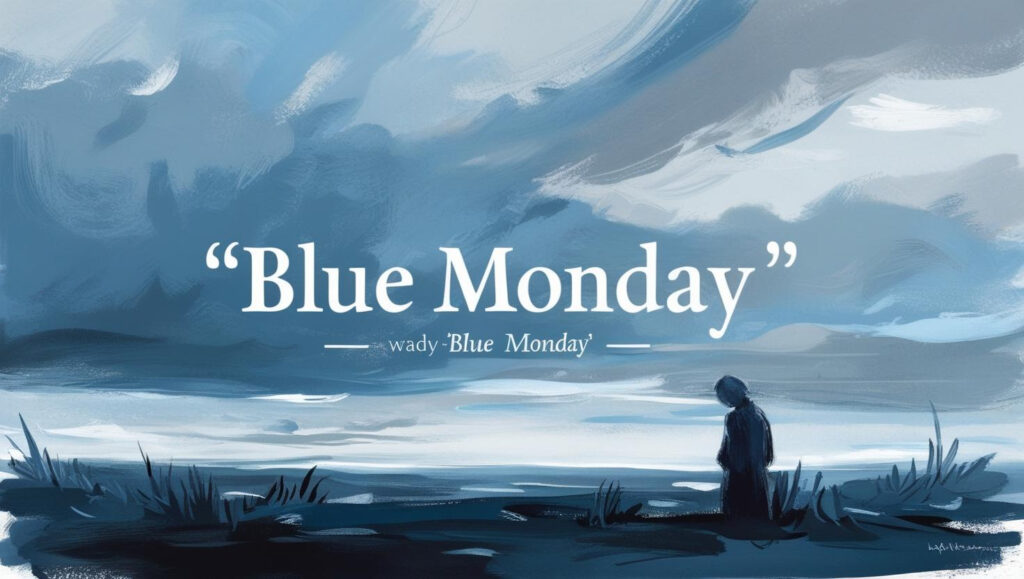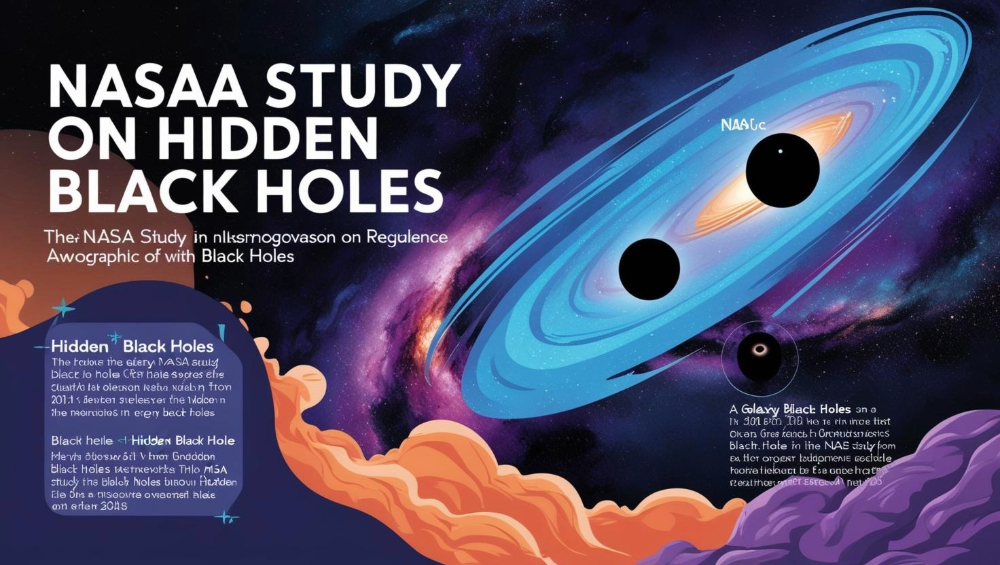The UFC has a rich and fascinating history, and there are many lesser-known facts and stories that even hardcore fans might not be aware of. Here are some unknown or surprising facts about the UFC:
1. The Original UFC Had No Weight Classes or Time Limits
- In the early days (UFC 1–UFC 5), there were no weight classes, and fighters of all sizes competed against each other. There were also no time limits, meaning fights could go on indefinitely until a winner was decided by knockout, submission, or corner stoppage.
2. Royce Gracie’s Dominance Was Part of a Marketing Strategy
- Royce Gracie, the winner of UFC 1, UFC 2, and UFC 4, was chosen by his brother Rorion Gracie to represent Brazilian jiu-jitsu (BJJ) in the early UFC events. His smaller size (175 lbs) was intentional to showcase the effectiveness of BJJ against larger opponents.
3. The UFC Almost Went Bankrupt in the Late 1990s
- Due to political pressure and bans in many states, the UFC was on the verge of bankruptcy by the late 1990s. It was saved in 2001 when the Fertitta brothers and Dana White purchased the organization for $2 million and rebranded it.
4. The First UFC Event Was Held in a Tiny Venue
- UFC 1 took place at the McNichols Sports Arena in Denver, Colorado, but only 2,800 attendees showed up. The event was considered a risky experiment, and few expected it to become a global phenomenon.
5. The UFC Once Had a “Superfight” Championship
- Before the introduction of weight classes, the UFC had a “Superfight Championship” for winners of previous tournaments. Fighters like Ken Shamrock and Dan Severn held this title, which was later replaced by the traditional weight-class titles.
6. The UFC’s First Female Fight Was Almost Cancelled
- The UFC’s first women’s fight (Ronda Rousey vs. Liz Carmouche at UFC 157 in 2013) was almost scrapped because of low ticket sales. However, Dana White insisted on moving forward, and the fight became a turning point for women’s MMA.
7. The Octagon Was Inspired by a Dream
- The UFC’s iconic Octagon cage was designed by Art Davie and Rorion Gracie. According to legend, the idea for the eight-sided structure came to Davie in a dream. The design was chosen to provide safety for fighters and a clear view for spectators.
8. The UFC Once Had a “No Groin Strikes” Rule (But It Was Ignored)
- In the early days, groin strikes were technically illegal, but referees rarely enforced the rule. Fighters like Keith Hackney and Joe Son became infamous for their use of low blows.
9. The UFC’s First Major Sponsor Was a Video Game
- After being dropped by mainstream sponsors due to controversy, the UFC’s first major sponsor was the video game Crave Entertainment, which produced UFC-themed games in the early 2000s.
10. Dana White Was a Manager Before Becoming UFC President
- Before leading the UFC, Dana White was a boxing and MMA manager. He managed fighters like Chuck Liddell and Tito Ortiz, which is how he met the Fertitta brothers and eventually became the UFC’s president.
11. The UFC Once Had a “Touch of Death” Fighter
- Gerard Gordeau, a Dutch kickboxer who competed at UFC 1, was nicknamed the “Touch of Death” because of his devastating strikes. He famously knocked out Teila Tuli with a kick that sent Tuli’s tooth flying into the crowd.
12. The UFC’s Longest Fight Lasted Over 36 Minutes
- At UFC 9 in 1996, Dan Severn and Ken Shamrock fought for 36 minutes in a grueling match that ended in a split decision. This was before the introduction of time limits, which were added later to make fights more TV-friendly.
13. The UFC Once Had a “Pancrase” Style Event
- At UFC 4, the UFC experimented with a Pancrase-style rule set, where fighters wore gloves and were allowed open-hand strikes. This was a nod to the Japanese MMA promotion Pancrase, which influenced early MMA.
14. The UFC’s First African Champion Was from Cameroon
- Francis Ngannou, the UFC’s first African heavyweight champion, grew up in poverty in Cameroon and worked in sand mines as a child. His inspiring journey to the UFC is one of the most remarkable stories in MMA history.
15. The UFC Once Hosted a Fight on a Cruise Ship
- In 2006, the UFC held an event called “UFC Fight Night 6.5” on a cruise ship in international waters. This was done to bypass athletic commission regulations and allow fighters who were suspended or unlicensed to compete.
16. The UFC’s First Pay-Per-View Was a Financial Failure
- Despite its historical significance, UFC 1 was a financial flop. The event cost 250,000toproducebutonlygenerated250,000toproducebutonlygenerated86,000 in pay-per-view revenue. It wasn’t until later events that the UFC began turning a profit.
17. The UFC Once Had a “Lights Out” Fight
- At UFC 6, the power went out in the arena during the event, leaving fighters and fans in the dark. The show continued with emergency lighting, and the incident became a memorable moment in UFC history.
18. The UFC’s First Knockout Was by a Sumo Wrestler
- At UFC 1, Teila Tuli, a sumo wrestler, delivered the UFC’s first knockout by slamming his opponent’s head into the canvas. However, he lost his next fight to Gerard Gordeau in brutal fashion.
19. The UFC’s First Hall of Famer Was Royce GracieDiscoveries Point
- Royce Gracie was the first fighter inducted into the UFC Hall of Fame in 2003. His contributions to the sport and his dominance in the early UFC events made him a natural choice.
20. The UFC Once Had a “No Holds Barred” Tagline
- In its early days, the UFC was marketed as “No Holds Barred” to emphasize its raw, unfiltered nature. This tagline was later dropped to help the sport gain mainstream acceptance.
These lesser-known facts highlight the UFC’s wild and unpredictable journey from a controversial spectacle to a global sports phenomenon. Let me know if you’d like more UFC trivia!





